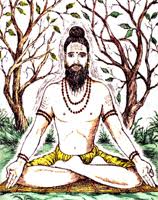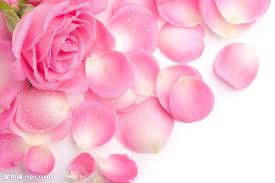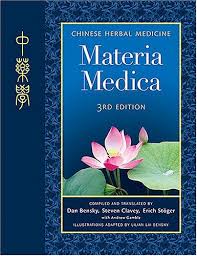
Ancient Remedies - Ayurvedic Herbal In Vedas:
Herbs have been popular and in use during ancient Vedic period. Herbs were known by the name 'Bhesaja' and herbalists were known by the name 'Bhisaka'. Medicinal herbs were given in the form of different herbal formulations.
Five herbal formulations are regarded as the elementary pharmaceutical preparations in ayurvedic medicine - expressed juice, paste or powder, decoction, cold infusion, hot infusion or tea. All of the advanced herbal preparation methods were derived from these five primary methods.
Five primary ayurvedic herbal formulation methods are found in Vedic literature as ancient remedies but their nomenclature and the exact terminology could not be found.
Ancient Remedies - Vedic Herbal Formulations:
Ancient Remedies And Expressed Juice:
Fresh and juicy or succulent herbs was taken and cut into small pieces, then the juice is expressed by pressing in a piece of cloth. Other more hard or woody herbs were first dipped in water and then their paste or decoction was prepared and filtered though a cloth to get expressed juice. Expressed juice had to be consumed immediately or within few hours.
Somarasa As King Of Ancient Ayurvedic Herbal Remedies:
Soma was considered as the most important herbal remedy in Vedic literature. Its expressed juice was used. If fresh Soma was not available, the stored Soma was cut into small pieces, and paste was prepared in mortar and pestle, water is added to its paste and then it was filtered by expressing in a cloth.
Paste And Ancient Ayurvedic Herbal Remedies:
The plant Silachi or Laksha was a great herb for wounds and injury resulting from arrows, axe or sticks. The paste of Laksha was used for topical application.
Decoction And Ancient Ayurvedic Herbal Remedies:
Ava ya was a toxic herb. Its expressed juice was boiled to remove its toxicity. This decoction was called Karambha and it was used to remove toxic discoloration of skin.
Kshirapaka:
Kshirapaka is the decoction of herbs prepared in equal quantities of milk and water.
Fermentation And Ancient Ayurvedic Herbal Remedies:
The description of various kinds of wines is available in Vedas and indicates that people knew the process of fermentation.
The word 'Arista' is used in Atharvaveda for those medicinal wines that were used in various disorders. And we have the same term 'Arista' in ayurvedic medicine for those fermented autogenous alcohol containing preparations of herbs.
Hot Infusion or Herbal Tea:
Some herbs were given by preparing their hot infusion or tea. The addition of salt or sugar or jaggery or honey was common as adjuvant for improving taste.
Herbal Oils And Ancient Ayurvedic Herbal Remedies:
Many herbs were processed with oils or fats to get herbal oils. Herbal oils were used for topical application over skin and for internal use.
Vedic Dietary Preparations:
Vedic people knew very well about milk, curd, butter, clarified butter and various kinds of wines. Wines were used for intoxication as well for their medicinal purpose along with herbs.
Milk And Its Derivatives:
Curd is mentioned at several places in Vedas.
The books of 'Shatapatha Brahmana' mentions the term 'Gharmadudha' for a liquid made by mixing milk and curd.
The word 'Maitravaruni' is used for cheese in Vedas and 'Payasya' is used for cheese in Ayurvedic literature.
The term 'Vajina' was used for whey or buttermilk.
Navanita was used for butter.
Clarified butter or Ghee is a preparation of animal fat derived from boiling the butter. 'Aajya', 'Ghrita' and 'Ayuta' was used for clarified butter.
'Amiksha' word is used for sour milk or split milk.
Cereals And Beans:
Yava (Oat) was described in Rigveda. Yava, Masha and Tila (Sesame seeds) were mentioned in Atharvaveda. Yajurveda has the description of Masha, Tila, Brihi, Mudaga, Khalva, Priyangu, Shyamala, Neerava, Godhuma and Masura.
Roasted cereals were known such as pop corn of present time. 'Laja' was roasted paddy. 'Parivapa' was roasted black grams.
Flour of roasted food grains was known as 'Saktu'. It is still popular in country region of India.
Gruels or soups were also popular and were made with cereals like rice and beans.
Germinated grains were also used in food like Tokma (germinated paddy grains).
Cooked rice was also well known in ancient times of Vedas.
'Masara' was the beverage prepared by mixing yeast, grapes with water that is used to boil rice and millets. So ferments and fermented products were widely in use.
Blades of grass was also used as a food item.
 Wednesday, June 9, 2010
Wednesday, June 9, 2010 Filed Under :
Filed Under :










